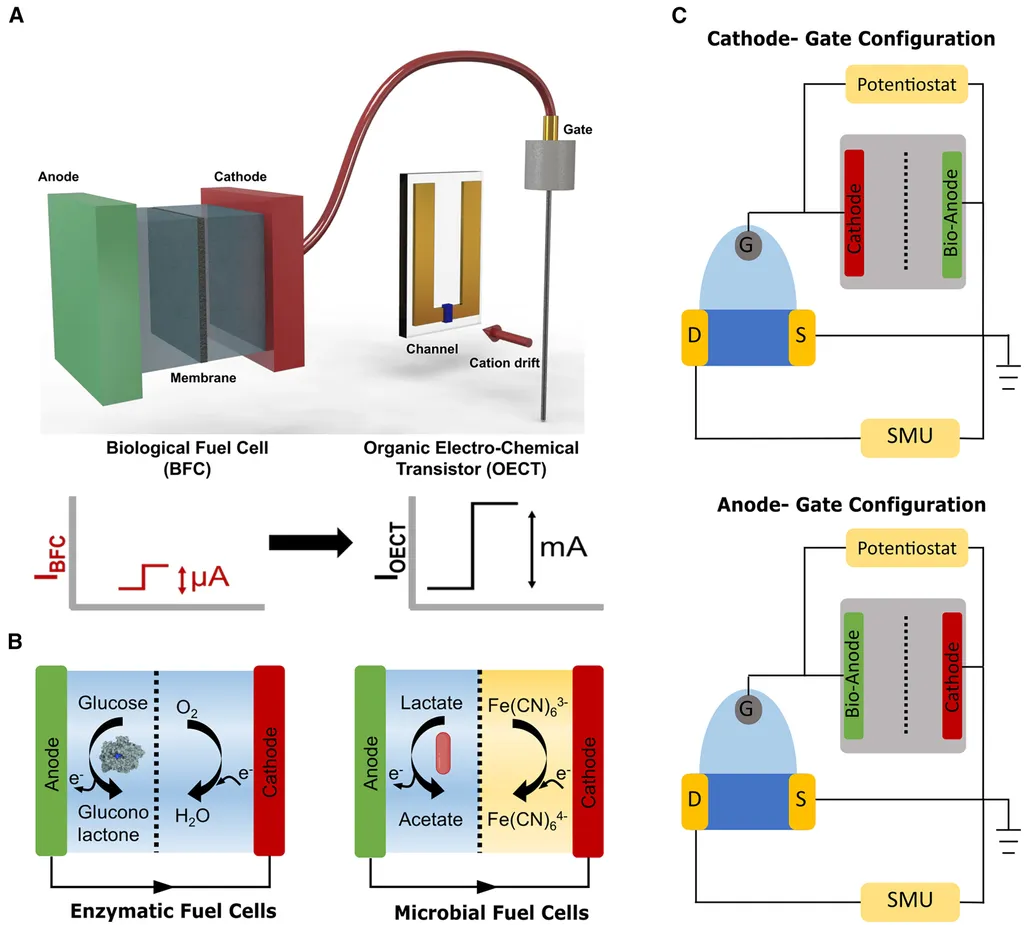In the rapidly evolving landscape of bioelectronics and wearable technology, a groundbreaking collection of research has emerged, poised to reshape the future of energy-efficient devices and sensors. Published in the journal *Materials Research Express* (translated from Chinese as “Materials Research Express”), this focus issue delves into the transformative potential of organic electrochemical transistors (OECTs). These innovative devices are capturing the attention of researchers and industry professionals alike, thanks to their unique combination of high transconductance, low operating voltage, and excellent biocompatibility.
At the forefront of this research is Wei Huang, a leading expert from the School of Automation Engineering at the University of Electronic Science and Technology of China in Chengdu. Huang and his colleagues have been instrumental in addressing key challenges and advancements in OECT technology, with a particular focus on materials, device architectures, stability, and functional applications.
“OECTs represent a paradigm shift in the way we think about bioelectronic interfaces,” Huang explains. “Their ability to operate at low voltages while maintaining high performance makes them ideal for a wide range of applications, from wearable health monitors to advanced neuromorphic computing systems.”
One of the most compelling aspects of this research is its potential impact on the energy sector. As the world increasingly turns to renewable energy sources, the need for efficient energy storage and conversion technologies has never been greater. OECTs offer a promising solution, with their ability to interface seamlessly with biological systems and their potential for integration into flexible, wearable devices.
“Imagine a future where your clothing not only monitors your vital signs but also harvests energy from your movements to power your devices,” Huang envisions. “This is not just science fiction; it’s a real possibility with OECT technology.”
The research published in *Materials Research Express* highlights significant progress in molecular design and vertical OECT architectures, enzyme-integrated biosensors, device lifetime prediction, and multifunctional sensing platforms. These advancements bring us one step closer to realizing the full potential of OECTs in commercial applications.
As the energy sector continues to evolve, the integration of bioelectronic devices like OECTs could revolutionize the way we interact with and manage energy. From smart grids that adapt to our needs in real-time to wearable devices that optimize energy usage, the possibilities are endless.
In the words of Wei Huang, “The future of energy is not just about generating power; it’s about using it intelligently and efficiently. OECTs are a key piece of this puzzle, and we are excited to see where this technology will take us.”
As researchers and industry professionals continue to explore the capabilities of OECTs, one thing is clear: the future of bioelectronics and wearable technology is bright, and the energy sector stands to benefit greatly from these advancements.

